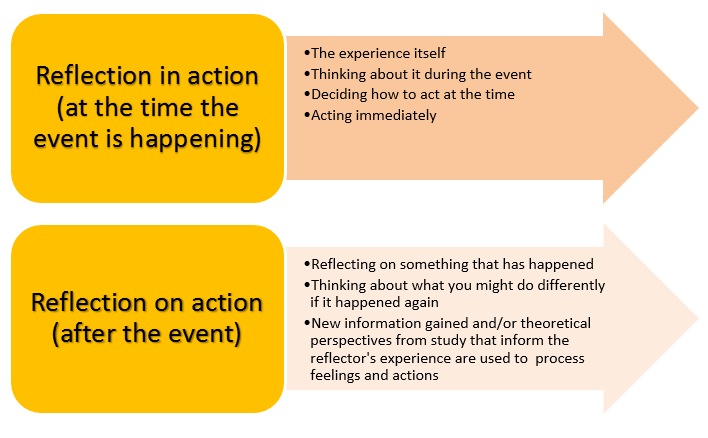
Fig 1: An image summarising the concept of Schon’s Reflective Model.
For today’s blogpost, I would like to dedicate some of my time writing on Schon’s Reflective model, explaining the topic whilst presenting a simple made up circumstance in order to show my understanding of the presented concept.
Basically, this model was introduced to us by Donald Schon, a famous philosopher and professor. He has contributed himself in multiple fields, but mostly stands out for his discussion about self-reflection. Schon was the first to bring forward the theory of reflection, by splitting his concept into two approaches, ‘reflection in action’ and ‘reflection on action’.
‘Reflection in action’ is when one’s mind tends to think about what might happen as a result of a particular act. This process of thinking involves the analysing of the situation before taking the necessary steps.
On the other hand, ‘reflection on action’ is the reflection which takes place after a particular incident. This type of reflection helps oneself try to figure out a different alternative on how he or she could have tackled the situation better.
The theory of self-reflection is used in our daily lifestyle without even noticing at times. All of us experience different events and episodes during our individual journeys, occasionally bumping into particular instances which leave us think about the situation soon after our actions. Reflecting before an action might be vital. It may change one’s mind into not taking a particular decision which he or she might regret. Reflecting about a previous event might help pinpointing a substitutional action which would have avoided the final outcome of a past activity. This reflection helps us to learn from our mistakes and also aid in the process of developing our critical thinking for future events which we are yet set to face.
In order to explain this from my point of view, one can imagine an individual undergoing peer pressure from his group of friends. The clique offers him some type of drug and he decides to accept the substance without taking into consideration the effects that might negatively influence his future. Later on as time passes by, the individual turns his action into a habit shifting his life towards the struggle against addiction. The individual might reflect on action, thinking of how he should have refused the drug which has turned himself to be dependent on harmful substances. This example shows how analysing critically in action might help prevent harsh consequences as a result in the near future.
REFERENCE:
- Solent, S. (2012). Reflective thinking and writing: Schön’s model. Solent Online Learning. Available from: http://learn.solent.ac.uk/mod/book/view.php?id=2732&chapterid=1113 [Accessed on 22 January 2017]
IMAGE:
- Fig 1: An image summarising the concept of Schon’s reflective Model. [Image available from: http://www2.hull.ac.uk/lli/skillshub/ReflectiveWriting/reflection3.html] [Accessed on: 22 Jan 2017].